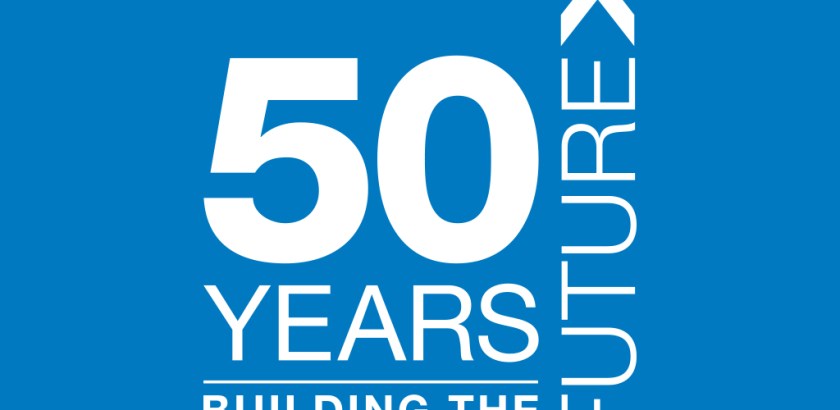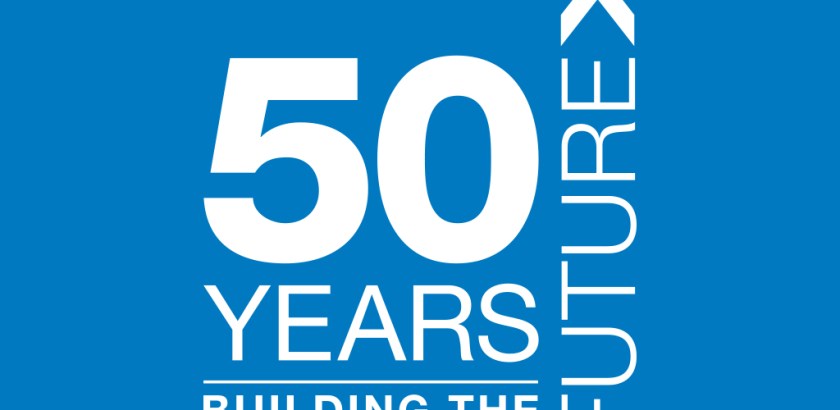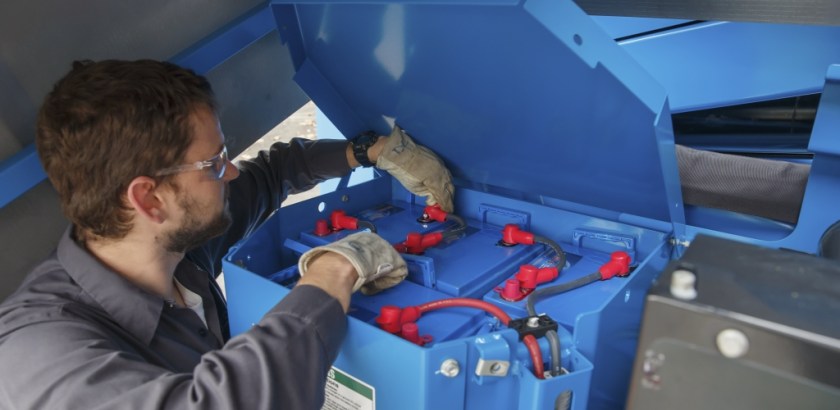Following Other Industries’ Trends
by Chad Hislop - Sr. Director of Product Management On Dec 15, 2016, 03:00 AM
Subscribe To Aerial Pros
Filter by tags
It can come from anywhere. For example, the construction industry, particularly aerial equipment manufacturers, often find inspiration and influence from trends in the automotive industry. They use innovations to solve the challenges of their industry that often times aren’t much different from the aerial industry. Engine technology, operator comfort, intuitive design and even options, like cup holders, came first to the auto industry and followed quickly into the aerial business.
Hybrid and electric technology is a great example. Hybrids started to hit mass production in the auto industry starting in 2001 with the Toyota Prius and moved more into mainstream cars, like the Ford Fusion and even Chevy trucks, a few years later. Look at Tesla over the last three years, we're starting to see their full-electric cars become more commonplace. And, now we are seeing these full performance electric machines in the construction industry. For instance, Genie has several hybrid/electric models in our equipment line-up, including the new Genie® Z™-60/37FE (fuel-electric) and DC (all-electric) articulated boom lifts. These two machines deliver full IC style performance, but with the advantage of being able to turn off the engine and go indoors as well. With the cost of this technology going down, rental companies can start to mix their fleets with this technology and give more options to the end users on the jobsite.
When it comes to operator awareness, we can also see how the auto industry is a good predictor. You can't buy a car today without a backup sensor and a backup camera. Those innovations are making their way into construction equipment designs, too. For example, we are designing features that alert operators and their crews about surrounding infrastructure and other obstacles that Genie equipment is operating near. Although the equipment is used differently from how people drive automobiles, the technology that provides detection is moving us in the same direction.
Equipment maintenance is another part of the industry also following this trend. For example, in the 1970s if you had a problem with your car you'd go out and play with your carburetor. As cars today continue to become more sophisticated when there is an issue, service technicians simply plug a code reader into a port on the car and get all the information about what's specifically going on. Sound familiar? With construction equipment today, troubleshooting is starting to work the same way, you don’t have to try to guess which relay is bad or chase the wiring harness around the machine trying to pinpoint the problem, but rather with onboard diagnostics, the machine tells us: "This is the problem, and this is how to fix it."
In so many cases, aerial manufacturers end up bringing in similar technologies to the construction equipment industry that the auto industry brought in, just a few years earlier. It's a good map to look at if you want to see what might be coming next in our industry.
Related Posts

What’s Next?
Celebrating 50 years in business can’t be all retrospective, we need to also look forward: What’s next?
Continue Reading

Always Focusing On Our Customers
As we continue to journey through our company’s 50th year in business, it is important to keep coming back to the reason we got into business and are still in business today: To serve our customers.
Continue Reading

Innovation with Customer Input
For 50 years, customers’ needs have driven our company’s product innovations —and that process never ends.
Continue Reading


